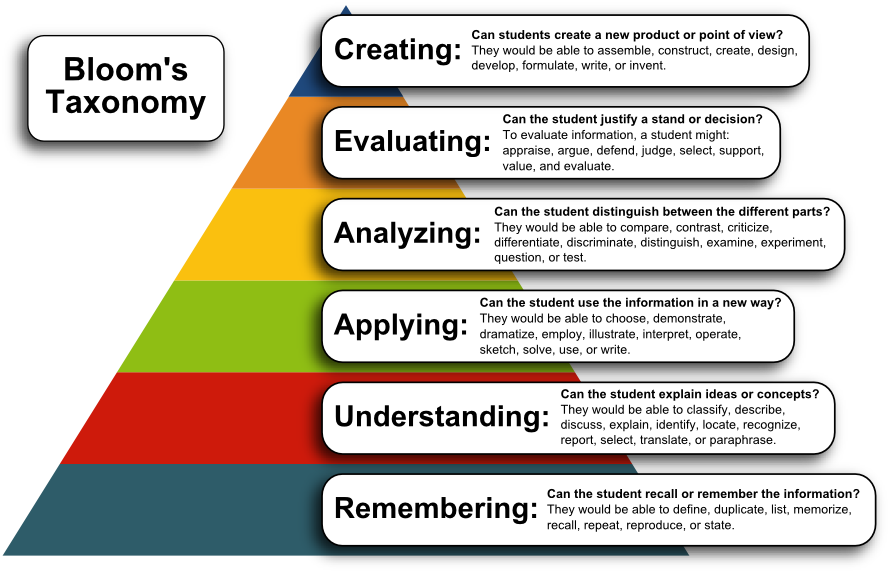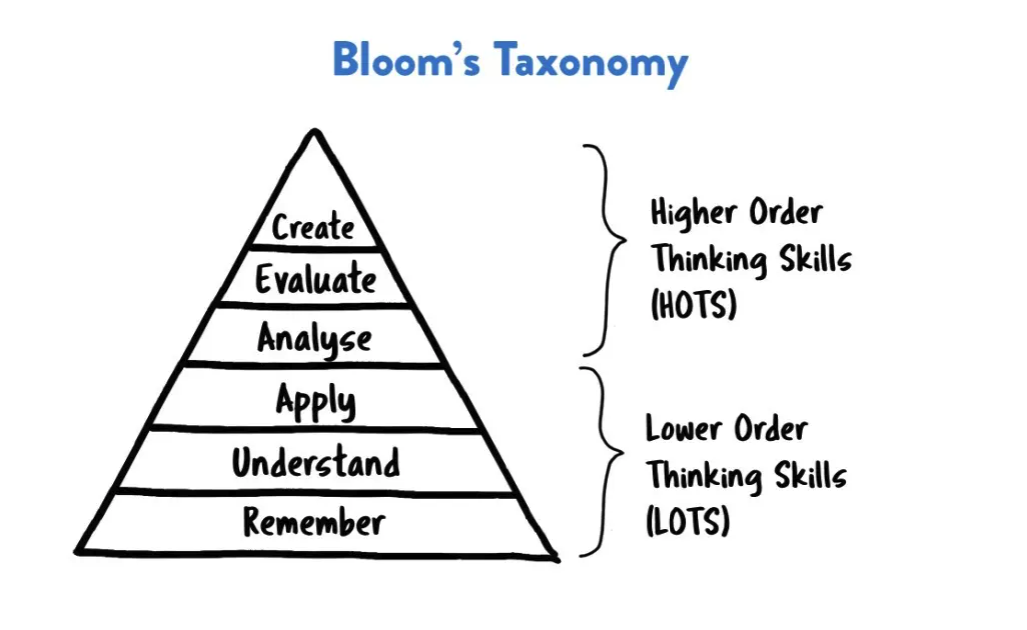As an aspiring public school teacher in the Philippines, you’ll go through a series of rigorous steps before being hired, and one of the most crucial is the demonstration teaching.
If you’re currently preparing for your demo and feeling unsure where to start or how you’ll be graded, this guide is for you. While everyone tells you how to “wow” your observers, few actually explain what they’re really looking for. Understanding how you’ll be rated should be your first step in your demo preparation journey.
From an observer’s point of view, here’s what matters most and how you can meet each standard effectively.
Indicator 1: Applying knowledge of content within and across curriculum teaching areas.
Teaching isn’t just about mastering your subject; it’s about connecting concepts within and beyond it.
- Vertical (within curriculum) means relating topics within your subject area.
For example, if you’re teaching Grade 8 Science about the digestive system, you might connect it to respiratory system in later weeks.
Example: “The food we digest gives us glucose, and the oxygen we breathe in helps our cells turn that glucose into energy.” - Horizontal (across curriculum) means linking your lesson to other subjects.
For instance, integrate Math by having students calculate calorie intake or measure nutritional content. You could also link English by letting them write a paragraph explaining healthy eating habits.
Tip: Cross-curricular integration demonstrates your ability to design holistic, real-world learning experiences.
Indicator 2: Use a range of teaching strategies that enhance learner achievement in literacy and numeracy skills.
Many applicants naturally include literacy, such as reading texts or explaining ideas, but often forget numeracy.
Numeracy doesn’t just mean solving equations. It’s about helping learners interpret and use numbers meaningfully in context.
For example, while discussing the digestive system, you can ask learners to compare nutrient percentages in various foods or calculate how much energy is needed per meal.
Reminder: Substitution ciphers or number codes are not considered numeracy skills. Focus on meaningful mathematical thinking connected to your lesson.
Indicator 3: Apply a range of teaching strategies to develop critical and creative thinking, as well as other higher-order thinking skills.

Effective teaching involves moving from lower-order thinking skills (LOTS) like remembering and understanding, toward higher-order thinking skills (HOTS) such as analyzing, evaluating, and creating.
To achieve this:
- Align your lesson objectives, activities, and assessments with Bloom’s Taxonomy.
- Design tasks that require learners to analyze information, evaluate solutions, and create outputs.
How to know HOTS and LOTS domains?

❌ Common mistake: Activities that don’t match the objectives stated in the lesson plan.
✅ Solution: Review the verbs in your learning competencies. If your objective says “analyze,” your activities and questions should challenge learners to think critically, not just recall facts.
Indicator 4: Plan, manage, and implement developmentally sequences teaching and learning processes to meet curriculum requirements and varied teaching contexts.
This indicator measures how well you scaffold learning, guiding students from simple to complex tasks.
Observers often notice when teachers prioritize entertainment over substance. Fun games and flashy visuals are great, but if they don’t support your objectives, they weaken your lesson’s purpose.
When planning:
- Begin with the learning competencies. Identify the key verb and build activities that target it.
- Sequence your lesson to ensure that each part leads naturally to the next, ending in a clear assessment that proves the objective was achieved.
- Every video, game, and activity must serve your instructional goal — not just engagement.
Indicator 5: Design, select, organize, and use diagnostic, formative, and summative assessment strategies consistent with curriculum requirements
Assessment is the heart of effective teaching. It tells you (and your observers) whether learning actually happened.
Throughout your lesson:
- Use formative assessments (e.g., oral recitations, quick checks, exit tickets) to monitor understanding (exit tickets will be found on our future articles).
- Use summative assessments (e.g., written outputs, performances, or presentations) to measure learning at the end.
Your assessments must always be aligned with the learning objectives.
For instance, if the competency says “Demonstrate proper posture in playing badminton,” your assessment should measure that exact skill — not singing or dancing while performing it.
Key takeaway: Focus on education, not mere entertainment.
After the Demo: The Teacher Reflection Form (TRF)
Once your demo ends, you’ll answer the Teacher Reflection Form (TRF) — a written reflection that assesses your professional insight.
Each division has its own set of surprise questions, so you can’t prewrite answers. However, raters look for:
- Authenticity – Speak from experience, not memorized scripts.
- Honesty – Reflect truthfully on your strengths and areas for growth.
- Clarity – Respond directly to each question.
If asked about areas for improvement, be humble and proactive:
“I plan to improve my questioning techniques by attending professional development seminars.”
Avoid exaggeration or irrelevant bragging — sincerity always stands out.
And yes — no ChatGPT allowed!
Bonus Tips for a Winning Demo
- Contextualize your games and activities.
Give your activity a meaningful title related to your topic. Don’t invent random game names. Make them reinforce the lesson. - Prepare an extra annotated lesson plan. (Optional)
Add notes indicating where each indicator appears in your lesson. Observers appreciate teachers who know why they’re doing each step. - Ensure age-appropriateness.
Tailor your content and activities to your learners’ developmental level. This builds confidence and engagement. - Use offline materials.
When using PowerPoint, games, or videos, ensure they work without internet. One of the best option is exploring Hivessel’s contextualized games and PowerPoint templates, and customize them to fit your plan. - Stay calm and confident.
Breathe deeply before you begin. Learners can sense fear, but they also respond to confidence. Remember, you know your lesson best, even more than your observers! - Pray before your demonstration.
Trust that whatever the result, God has already written your path:
“For I know the plans I have for you,” declares the Lord, “plans to prosper you and not to harm you, plans to give you hope and a future.”
— Jeremiah 29:11
Final Thoughts
Now that you understand what observers truly look for in a demonstration, it’s time to plan yours with confidence and purpose. Remember: teaching isn’t a performance, it’s a calling to transform lives through learning.
If this article helped you, share it with your fellow applicants or send us a message.
We’re cheering for your success and praying for your bright future in the teaching profession!
Love,
Hivessel Team

